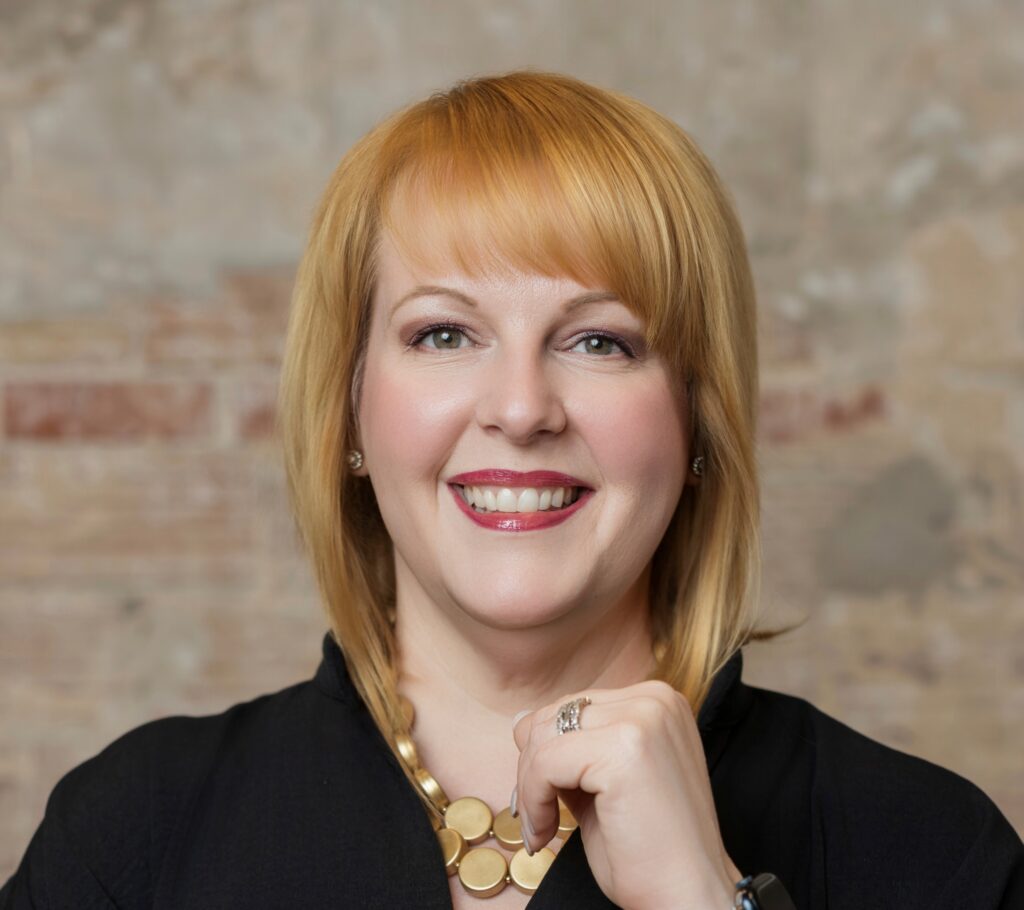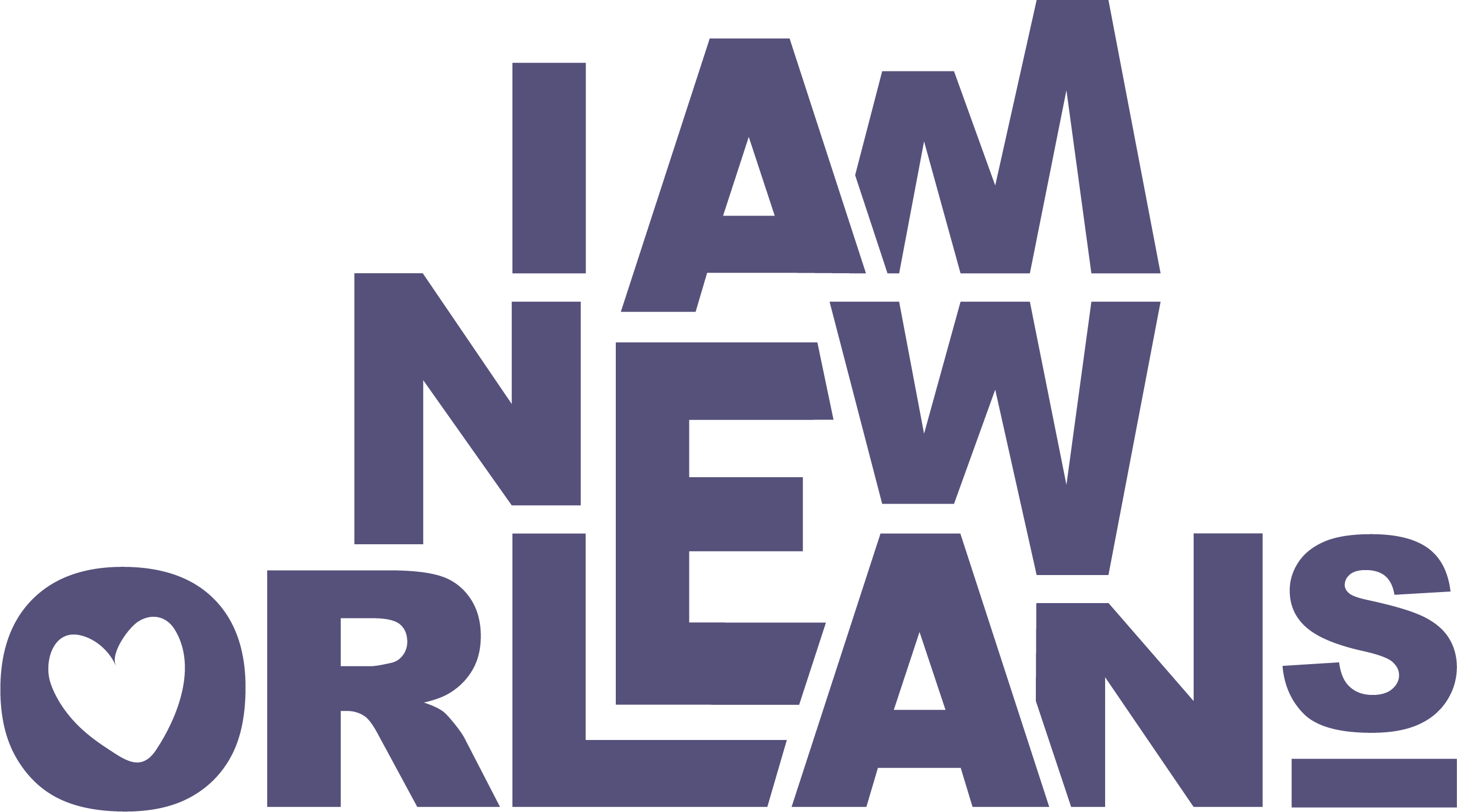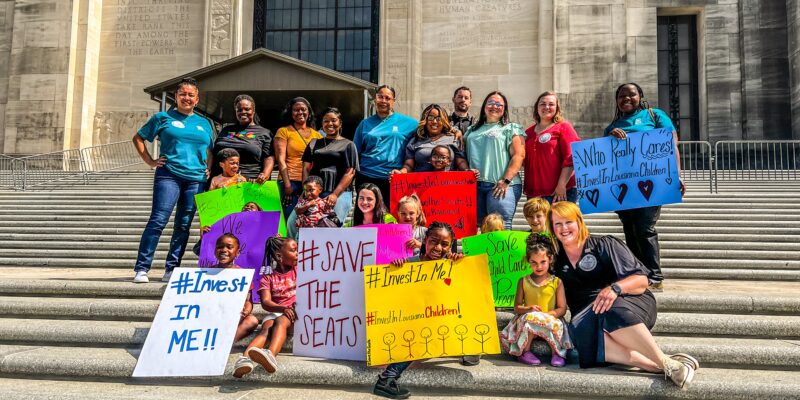Nearly two decades after Hurricane Katrina, the people of New Orleans continue to be a testament to hope, ingenuity and perseverance. Communities have done more than rebuild — they are reimagining systems to create opportunity for all, especially children. While significant progress has been made, critical work remains to ensure that growth is truly equitable and lasting. As part of an ongoing reflection series called Rooted In Us, W.K. Kellogg Foundation (WKKF) staff and local leaders will share their perspectives on community efforts, lessons learned and the investments still needed to build a future where all New Orleanians can thrive. WKKF has been investing in New Orleans since the 1940s but named the city a priority place after Hurricane Katrina. As we look ahead, we remain committed to working alongside partners to strengthen economic opportunity, racial equity and community leadership for generations to come.
In this conversation, Alyson Curro, a communications officer at the Kellogg Foundation, speaks with Dr. Libbie Sonnier, CEO of the Louisiana Policy Institute for Children (LPIC), a leading voice in the movement for equitable early care and education in Louisiana. Their conversation highlights the momentum for policy change, the vital role of families and providers in driving solutions and how the state is working to build a system that meets the needs of all children — especially in the wake of Katrina’s lasting impact.
Curro: Can you paint a picture of what early childhood looked like in Louisiana before Hurricane Katrina?
Sonnier: Honestly, before Katrina, the early childhood landscape was fragmented. Services were split across different state agencies — Children and Family Services, Education and Health — and they weren’t well aligned. Child care providers were underpaid, there was no state investment and there wasn’t much focus on quality until around 2007. It was disjointed at best.
Curro: And then Katrina hit. What did the storm reveal, and how did it shift the path forward?
Sonnier: Katrina shifted everything. At the time, I was on Mississippi’s Gulf Coast, working in early intervention. Everyone was displaced. In New Orleans, we were losing child care centers because families weren’t back yet. And even if they were, many of the centers had taken on water. I think of Rochelle Wilcox’s story — she had a family child care home with a big side yard the kids called “the park.” After Katrina, there wasn’t anything left of that park. She lost her business. And that was the story for so many providers: “I had this — and now I don’t.” They were asking, “How do I serve my community now?” Because at the end of the day, that’s what this work is about, community.
And I know at the state level, the Department of Children and Family Services, which had oversight of child care subsidy at the time, was working closely with partners in the city. People were really asking, “How do we do this differently?” There was a shared understanding that we couldn’t rebuild the same way.
Curro: Tell us a little bit more about what you saw on Mississippi’s Gulf Coast.
Sonnier: The Mississippi Gulf Coast took a direct hit. I was a block and a half from the beach — my house was gone. Children were living in FEMA trailers, and there was no room for things like tummy time. Parents were emotionally tapped out, doing the best they could with what little they had. I remember going to the doctor because I couldn’t sleep, and he told me a baby he had referred to us had died. Everyone was frayed like a rope. Everything was so fragile — parents, providers, systems. And that fragility lasted a long time. Children were struggling, and everyone around them was struggling, too.
Curro: In the years that followed, what did it take to rebuild Louisiana’s early childhood system? Who stepped up?
Sonnier: There were some real champions. Kellogg Foundation, Hilton Foundation, United Way of Southeast Louisiana, Agenda for Children — they all helped stabilize and rebuild infrastructure. United Way, especially, wrapped their arms around providers in the New Orleans area.
At the state level, the School Readiness Tax Credits were a game changer. We were the first state in the country to have a set of tax credits like these — a whole package to benefit the early childhood education ecosystem. They supported center owners who were increasing quality, teachers working in high-quality settings, businesses investing in local child care resource and referral agencies, and even businesses helping to fund seats for families. All of that came together, especially in New Orleans, at a time when we needed real tools to rebuild.
When you think about community rising up, New Orleans is a really good example in the early childhood space of how to coordinate and work together. The organizations I mentioned — you just can’t find better humans. People who said, “We’ve got to figure this out.” Because if we don’t have child care, we can’t bring our people back. People can’t work. All the things we know now — we learned it fast after Katrina. It was a crash course.
Curro: Where do you think the biggest shift has happened since the storm?
Sonnier: The unity among providers. Katrina and the subsequent unification of the early childhood system forced providers to rely on each other. It created space for collaboration. Providers often say: “We don’t want to go back to the way it was before.”
We’ve seen more revenue streams come online. We’re working toward a sustainable funding formula now — something we couldn’t have dreamed of 20 years ago. Back then, it was all scarcity. Today, New Orleans has a millage dedicated to early childhood education access. That wasn’t even in our imagination before, and it happened because the community came together and said, “We need this.”
Curro: LPIC has played a huge role in driving policy momentum. What’s a specific win that reflects this region’s leadership?
Sonnier: The Early Childhood Education Fund. It was established in 2017 by Rep. Walt Leger III, who worked closely with our founder Melanie Bronfin. That, plus an initial $750,000 from then-Mayor Mitch Landrieu to launch the City Seats program, set the tone for local investment. Today, 13 parishes are part of the fund, and it offers a one-to-one match for local dollars.
New Orleans led the way on this — and was also an early adopter of Ready Start Networks, which connect early childhood communities statewide. It gave us room to be bold. LPIC doesn’t take public money, so we can ask the harder questions and give others cover to innovate.
Curro: And more recently, what stands out as a moment of real momentum?
Sonnier: Augmenting the School Readiness Tax Credits. We worked alongside providers, including our friends at For Providers By Providers (4PXP), businesses, the campaign for grade-level reading —everyone. We listened and learned that the existing $5,000 tax credit for businesses investing in quality seats just wasn’t enough. Now it’s $10,000, and it can directly reduce the cost burden for families. That passed this past legislative session, and if we implement it well, it’s a kid changer for businesses and Families.
And then there’s the Losing Ground report. With support from the Kellogg Foundation and Entergy, we led the first study in the country that measured the economic impact of child care breakdowns. Louisiana loses $1.3 billion annually — and businesses lose over $760 million annually. When you see people using that data in their own advocacy, in their own language, that’s when you know the system is maturing.
Curro: What gives you hope for the next 20 years?
Sonnier: Our Geaux Far Louisiana initiative. It’s focused on building an equitable, unified early childhood system — one that centers families and ensures care, education and health supports are actually accessible. We still need better cross-system funding and integrated data. But our people are some of the smartest and most committed in the country. I think we’re going to figure it out. But what I want all the people to know — especially funders — is that policy work is expensive. But look what we’ve done with their investments and centering the power of community. And I hope one day, our children and grandchildren will be able to stay here in Louisiana because they’ll feel truly supported.

Curro: Finally, for someone outside Louisiana who may not know this story — what’s the lesson they should take away?
Sonnier: Louisiana is resilient — but we know resilience isn’t a steady state. What defines us is community. We know how to celebrate one another, how to support each other, how to hold grief and joy at the same time.
We have leaders who understand the value of culture, of land, of people — and they see the value in things that some people would push to the side. We’ve never lost our joie de vivre. You’ll see people second line and crying at the same time. You’ll see people hugging like their lives depend on it — because they do. That interconnectedness is how we’ve been able to recover.
For me, it’s also deeply personal. I’m Cajun — I come from a long line of tinkerers. If something was broken, you didn’t throw it away — you figured out how to fix it. You laid it out on the table, took it apart and put it back together again. That’s how I approach systems change. I believe we can redesign what’s not working — and we can do it with care, with community and with the people who are most impacted.
At the policy institute, our tagline is “a stronger Louisiana starts with successful children.” And that’s exactly what we’re working toward every day.
Want to learn more about the Louisiana Policy Institute for Children and its work to advance equitable early care and education across the state? Visit policyinstitutela.org to explore its research, policy priorities and how you can support a stronger Louisiana for all children.


Comments